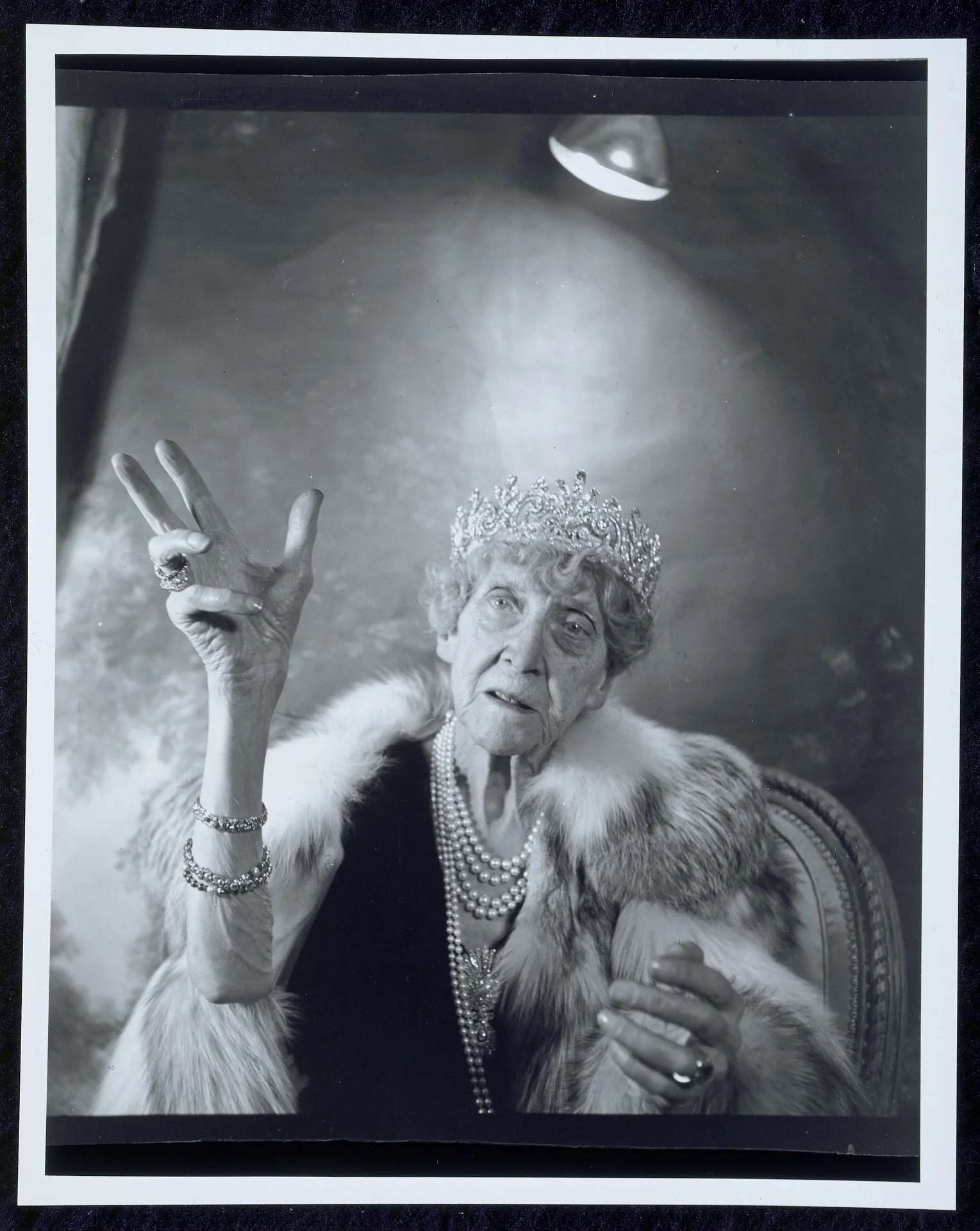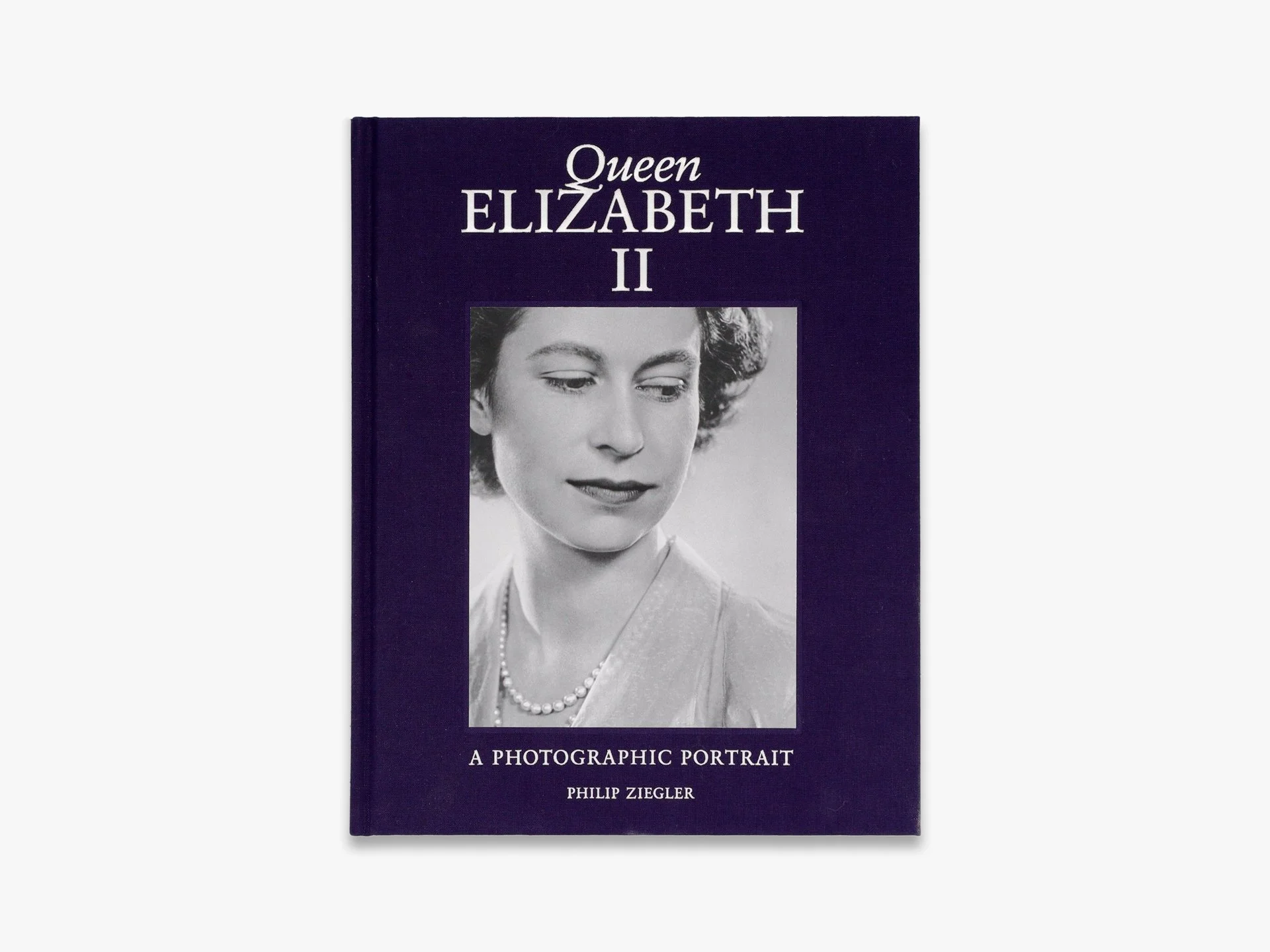Cecil Beaton: The Royal Portraits
Princess Marie Louise of Schweswig- Holstein, 1953
Written by: Michael Galati
From the viewer’s perspective, portraiture depicts its subject as they are: artifice is adverse to portraiture’s realism. However, a new book published by Thames & Holmes, Cecil Beaton: The Royal Portraits, unveils how portraits of the British royal family not only serve as historical documentation of their lives but have also been used to shape public narratives about them. Situating portrait photographer Cecil Beaton’s career in political and historical contexts, Cecil Beaton: The Royal Portraits invites us to think more critically about photography’s role in influencing public opinion about politically and culturally significant figures. The book was published on November 7.
Approved Photographs from a sitting with Queen Elizabeth The Queen Mother and Princess Margaret at Clarence House, taken on June 29, 1954 and published in August to mark Princess Margaret’s birthday
Drawing from his diary and historical situation, The Royal Portraits paints Beaton as a romantic, self-made, extravagant, avant-garde photographer and royal portraitist. Born to a middle-class family in 1904, Beaton was quickly enamored by the decadence of theater and celebrity, which he later sought to revive in his work as a counter to the post-World War I minimalist aesthetic in which he worked. He recalls the impression a decorous postcard of actress Lily Elsie as the lead in Franz Lehár’s operetta The Merry Widow left on him at three years old: the postcard ‘caused my heart to leap’ (Beaton 1951, p. 13). Despite his penchant for extravagance, early diary entries show that for Beaton, the photographer’s goal is to elicit the subject’s interiority before the camera.
Queen Elizabeth II in the Green Drawing Room at Buckingham Palace, June 2, 1953
As evidenced in his royal portraiture, Beaton merged his realist artistic principle with his opulent eye through decoration and post-photographic manipulation, often rendering a surrealist result. This surrealism was essential to shaping public opinion. For example, portraits of the Duchess of Windsor helped to quell the scandalous nature of her marriage to the Duke of Windsor after the Prince of Wales, Edward VIII, was caught in a relationship with her, forcing him to abdicate the throne. The British mass media blamed the abdication on her as a result.
To help win public support for their marriage, Beaton photographed the Duchess and the Duke separately with the same background of enveloping, draped white curtains. The white curtains connote the innocence and purity of their marriage, and the envelopment of each of them reinforces their commitment to each other. In the Duchess’ portrait, a white light shines through the curtains, painting her in a favorable, halo-esque light. Her black fittingly-tailored Schiaparelli dress references a previous photoshoot in which she donned a Schiaparelli dress featuring a surrealist Dalí lobster that the British media used to villainize her for Prince Edward’s abdication. In the newer portraits, her black dress matches the Duke’s black suit and depicts her in a more serious tone. A joint picture shows the couple staring intently into each other’s eyes, with a slight smile on each of their faces. It is shot against a white background, contrasting with their dark garb. The effect is to show that they are the only people the other sees. In this campaign, we can see the urge to sway public opinion in favor of the couple and the aesthetic choices that help achieve that goal.
Top: Queen Elizabeth II at Buckingham Palace, October 16, 1968
Bottom: Queen Elizabeth II and Prince Philip, Duke of Edinburgh, with their children Prince Charles, Princess Anne, and Prince Andrew, March 1960
Similarly, in the 1960s, Beaton’s photography was used to earn the public approval of the royal family when royalty’s association grew increasingly apart from middle-class sensibilities. With more people attending higher education than ever, a growing apathy towards the political and religious establishments, and a historic surge of political protests, the monarchy's status declined. As such, the Crown had to align its public appearance with middle-class economic and political reality.
Princess Margaret at Buckingham Palace, July 19, 1951. V&A Cecil Beaton Royal Portraits Collection
Beaton, along with other famous royal portraitists, was commissioned to capture the royal family in a less flashy decorum and, instead, in a more quotidian aesthetic. Portraits from this era of Beaton’s photography feature members of the royal family, such as Princess Alexandra and Agnus Ogilvy, shot against simple, single-color backdrops and dressed modestly in unadorned evening wear. In contrast to the more ornate and involved portraits from the 1930s, these later images helped regain public devotion to the royal family. Although these images diverge from Beaton’s more decorous definition of beauty, he used light and shadowing to retain a level of mystery and intrigue in the royal family so that, as much as the goal was to capture the family in more a quotidian light, there was still an aesthetic feature that differentiated them from everyday life.
Princess Margaret at Clarence House, released for publication on September 13, 1956 in connection with a tour of South Africa
By situating Beaton’s portraits in the historical events of the time, The Royal Portraits allows readers to see how photographing the royal family in particular ways has influenced public opinion about them. In doing so, the book demystifies the family to an extent: much like celebrities or politicians, they’re only as influential as the public allows them to be. Perhaps a result of the book calls on us to question the aim of photographs of public figures in times of heightened public scrutiny. If so, a book about artistic technique throughout Beaton’s career has become a lesson in media literacy in critical thinking, a hallmark of successful documentary literature.







